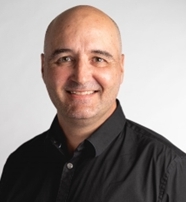Professor Martin Simoneau obtained his PhD in neuromechanics from Laval University in 2000, and thereafter, he was a postdoctoral fellow at Northwestern University (Chicago, IL, USA) for two years. He joined the Faculty of Medicine at Laval University following his postdoctoral training.
His research group takes a multidisciplinary approach, combining experimental approaches with sophisticated signal analysis and modeling to investigate the complex multi-component neural system involved in motor control. The laboratory focuses on sensorimotor processes that control human movement and balance and the disorders that result from damage to the central nervous system.
Their main lines of investigation aim to understand the mechanisms that control and integrate whole-body actions such as standing, walking, and reaching. They are mainly interested in how the neural processes combine sensory information from vestibular organs, eyes, muscles, and skin to select motor commands and control movement. They used various neurophysiological and psychophysical techniques to investigate fundamental human physiology and pathophysiology relevant to studying adolescent idiopathic scoliosis.
Professor Simoneau has investigated sensorimotor integration in adolescents with idiopathic scoliosis for 20 years. Through the dedicated efforts of his research team, his group has shown that alterations in sensorimotor control may contribute to the onset or progression of scoliosis. Indeed, these results suggest that altered development of descending/ascending pathways and sensorimotor areas could impair the coupling between the brain, spinal cord, and motoneurons controlling axial muscles, potentially resulting in spinal deformation during growth spurt.



